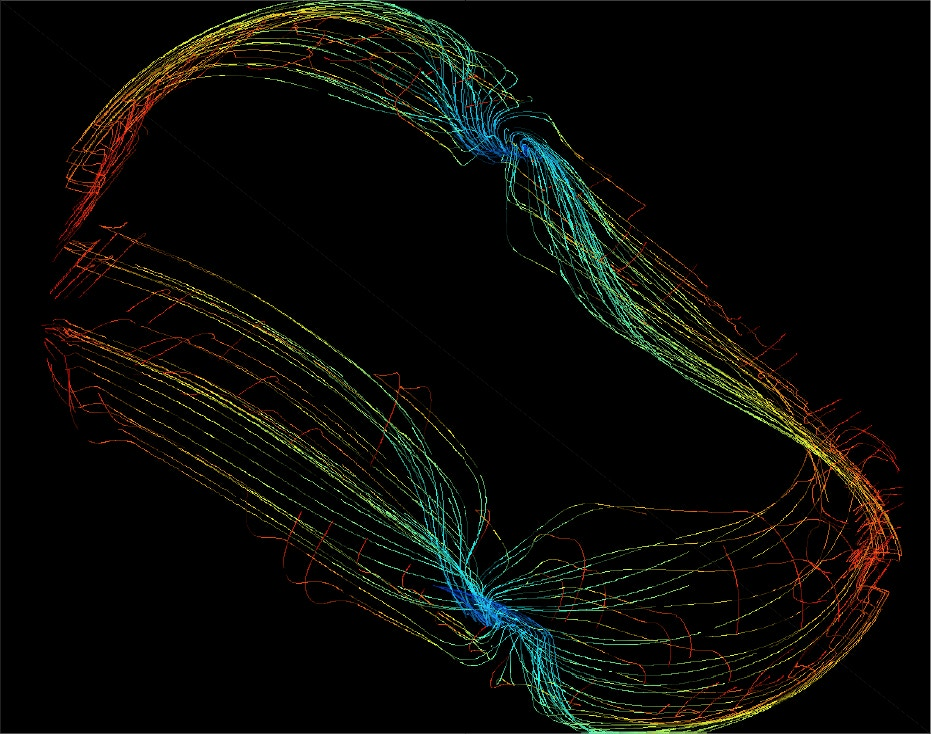
Simons Collaboration on the Global Brain Announces Awardees to Explore the Brain’s Hidden States
The Simons Collaboration on the Global Brain (SCGB) has pledged more than $67 million over five years to probe the deepest mystery of the brain — how neural activity produces cognition.
Systems neuroscience has traditionally focused on sensory and motor systems, which handle the brain’s input and output. The SCGB, first launched in 2014, seeks to tackle what lies in between — a dense web of computations that underlies how we make decisions, how we remember events and how we think about the world. SCGB investigators combine large-scale recording with advanced statistical analysis methods to uncover the neural coding and dynamics that form the foundation of cognition.
The newly funded projects study a range of species — from worms to primates — with the goal of answering a panoply of vital questions. How is hunger represented in the brain? How do populations of neurons simultaneously represent multiple factors, such as a memory, a location in space or a sound? How do different parts of the brain process and flexibly route information?
The SCGB will fund 20 new projects, building on the program’s first round of grants, which were awarded in 2014. The new projects are larger collaborations, and they incorporate additional investigators across different subfields of neuroscience. They have an average of five investigators; one of them, the International Brain Laboratory, consists of 20 scientists. Each project combines experimentalists and theorists, as was the case for the SCGB’s original grants.
Larger collaborations with diverse expertise are crucial given the new technologies and statistical methods that are shaping the field. Together, these teams will be best equipped to attack the most important questions on the horizon.
For example, some groups will use novel microscopy techniques to record the activity of the entire brain in worms and flies as the animals behave, elucidating how internal states, such as hunger or arousal, influence behavior. Other groups will employ new recording technologies designed to track the same neurons over time. This may reveal how the coding properties of individual brain cells evolve. Technologies for simultaneously tracking neural activity in different parts of the brain will illuminate how these regions communicate and how that communication changes based on internal states, such as attention. A full list of projects and investigators can be found here.
“The convergence of new tools of cell and molecular biology with old questions of cognitive science has created a new frontier in brain science,” says Gerald Fischbach, Distinguished Scientist and Fellow at the Simons Foundation. “The SCGB has played a leading role in this effort, and our new round of grants has brought in new investigators with novel approaches to neuronal dynamics in local and distributed populations.”
SCGB investigators have already produced fundamental insights into the brain. A few groups, for example, have shown that the hippocampus, long known to be essential for memory and navigation, may play an even more profound role in cognition, broadly mapping experience. Other groups have helped to decipher how the brain maintains short-term memories, perceives time and transitions into sleep. For more on SCGB research, visit our news page.


